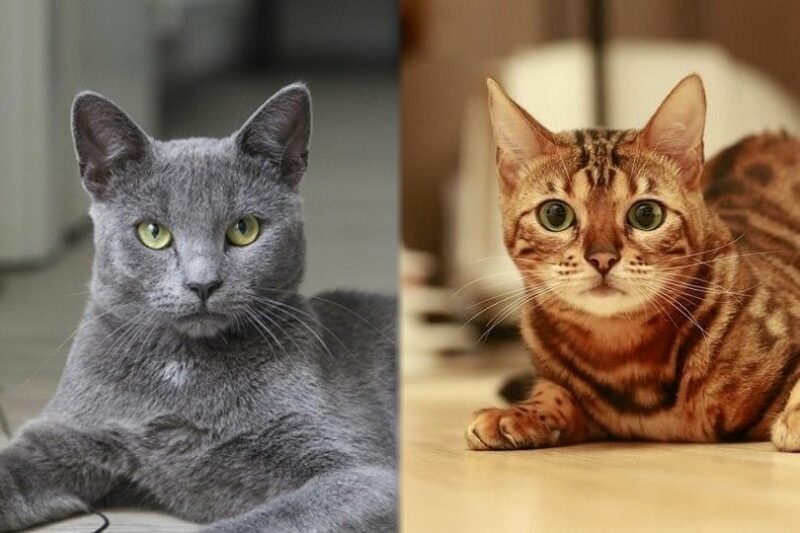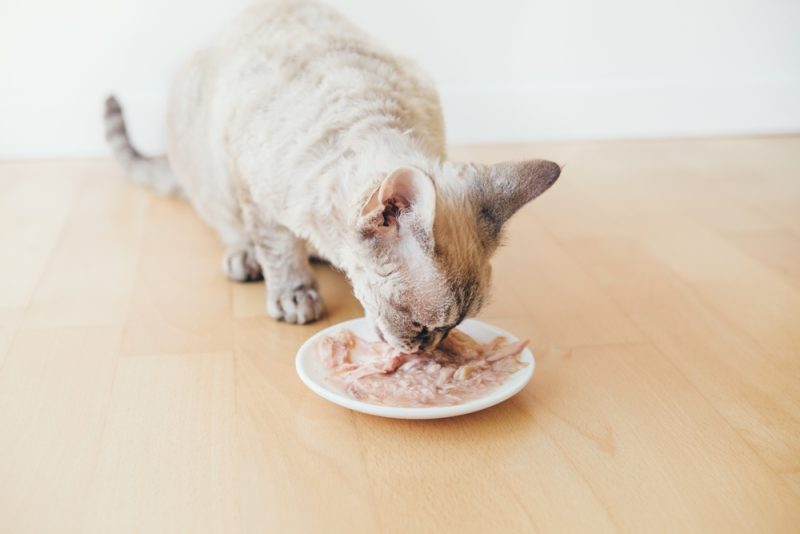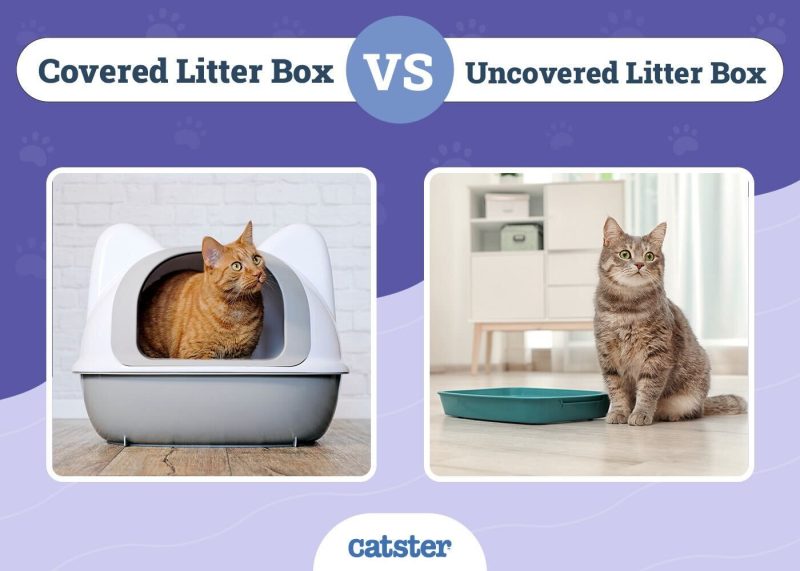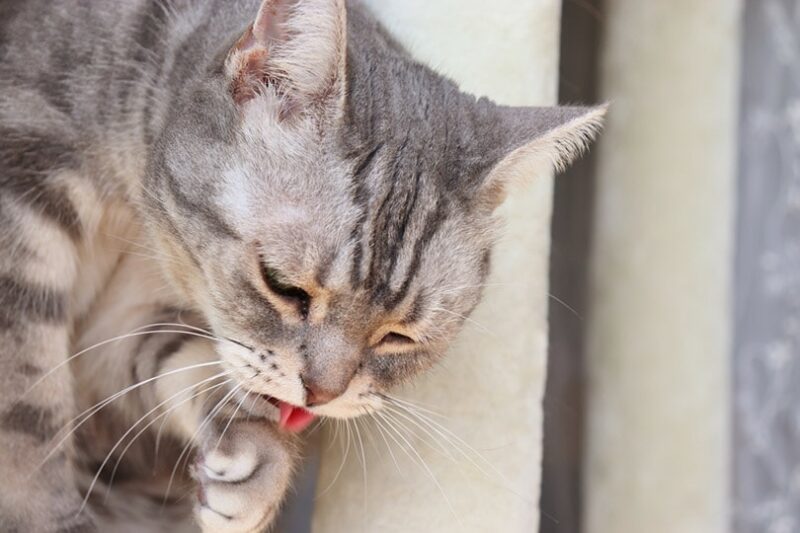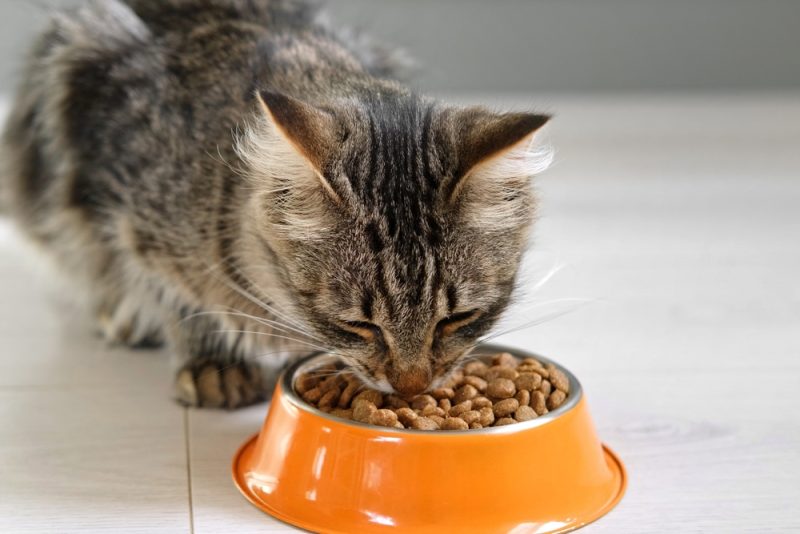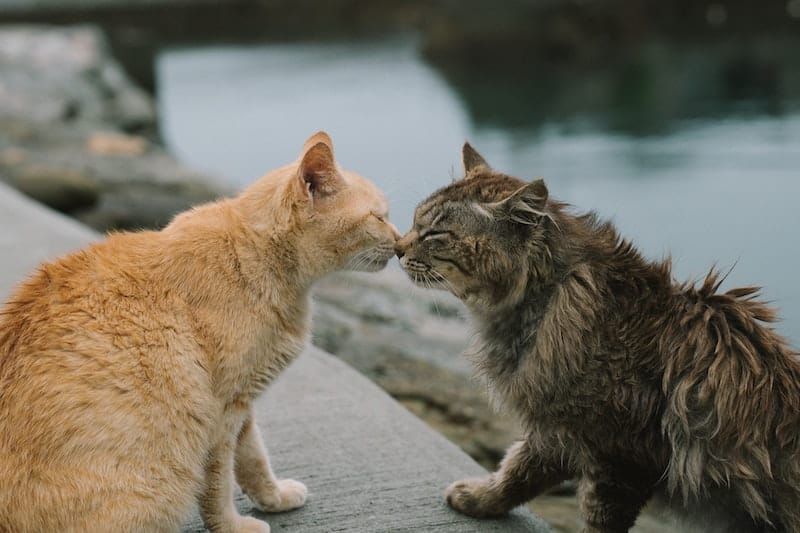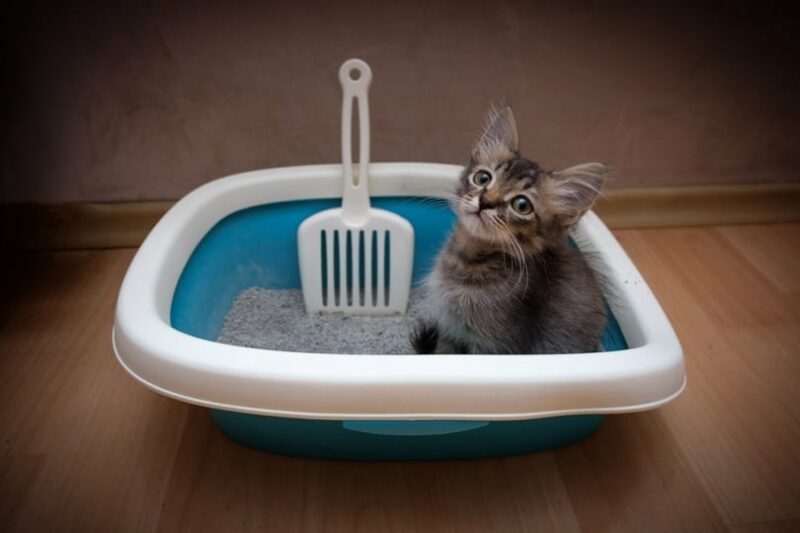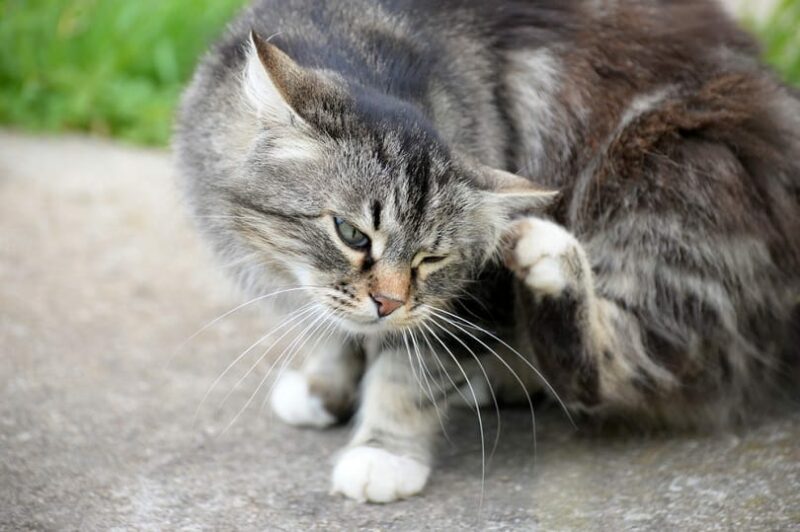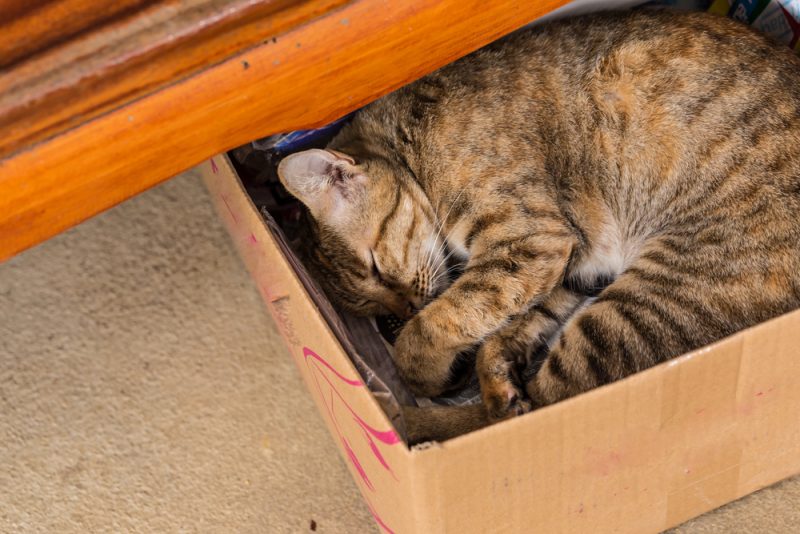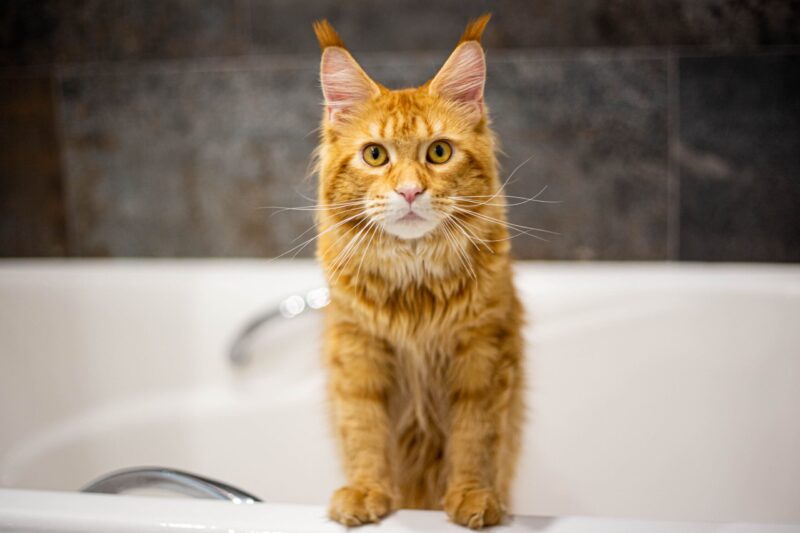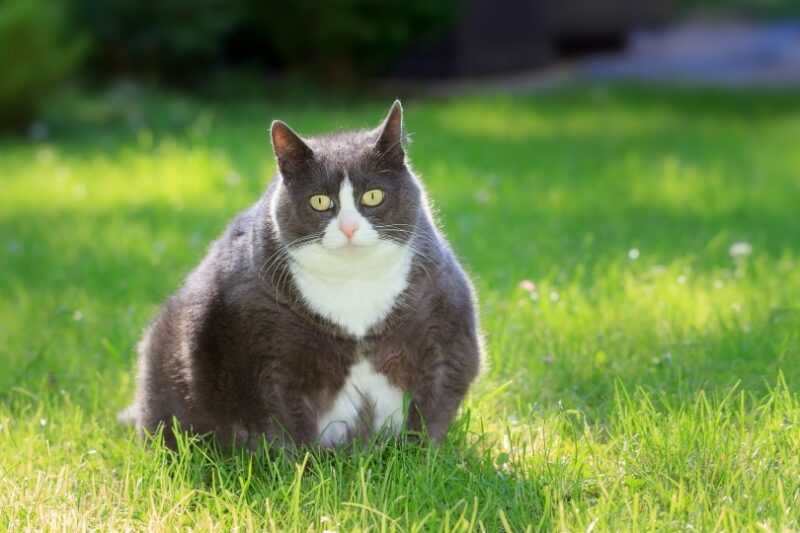Breed Overview
Length:
10–16 inches
Weight:
8–17 pounds
Lifespan:
11–15 years
Colors:
Blue with rosettes or marbling
Suitable for:
Experienced cat owners, those looking for a high-energy cat
Temperament:
Intelligent, outgoing, and energetic
There’s nothing like a Bengal—these miniature wildcats are often seen as the most difficult and most exotic pet to keep. With their beautiful spotted fur and their high energy, these cats are impossible to mistake for anything. Although most Bengals have a brown and tan coat that makes them look like miniature leopards, there are many other options, including a beautiful silvery-gray fur that comes from cats of mixed Asian Leopard Cat and Russian Blue heritage. These cats have the energy and temperament of Bengals but an entirely new look! They are sometimes called Blue Bengals, although not all Blue Bengals have Russian Blue blood.

Russian Blue/Bengal Kittens
Russian Blue/Bengal Mix Characteristics

3 Little-Known Facts About the Russian Blue/Bengal Mix
1. Their Amount of Wild Blood Influences Their Personality
Most Bengals aren’t half-wild cat and half-domestic—in fact, very few are. First-, second- and third-generation Bengal cats (F1–F3) are rare outside of breeding programs and are much harder to care for. Most Bengals used in shows are F4 or F5, and many Bengals for sale today only have a small amount of wild blood. Most Russian Blue/Bengal crosses are in this last category—which makes them a little easier to care for.
2. First-Generation Crosses Are Never Blue
Blue is a recessive gene in cats—which means that cats need a copy from each parent to get the coat color. If you breed a Russian Blue to an Asian Leopard Cat or a Bengal without blue coats in their genes, you won’t get any blue coats. Breeding blue Bengals requires a little more work, which is one reason they’re so rare.
3. Breeding Is All About the Mamas
When breeders start a new Bengal line, they always hope for girls. That’s because first through third-generation (F1–F3) males can’t father kittens. Breeders cross female Asian Leopard cats with domestic males to get kittens and then breed the daughters with more domestic cats. That means that an F4 kitten has a mom, grandmother, and great-grandmother who all had to pass down their leopard genes!
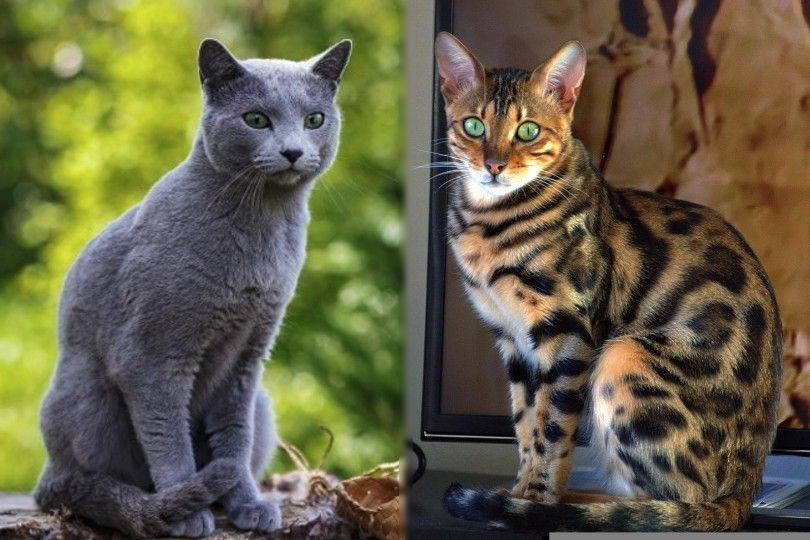
Temperament & Intelligence of the Russian Blue/Bengal Mix
Are These Cats Good for Families? 👪
In general, Russian Blue/Bengal cats aren’t ideal for families with small children.
Does This Breed Get Along with Other Pets?
Russian Blue/Bengal cats are social and outgoing, but they can be high-energy. It isn’t recommended to keep them with small pets as they have strong hunting instincts. Some Bengal cats are smart enough to get into locked cages and terrariums, so they can be a danger to birds and other small pets.
Bengals can do well with cats and dogs in the right circumstances.

Things to Know When Owning a Russian Blue/Bengal Cross
Food & Diet Requirements 🐡
Bengal crosses are generally large, active cats, so they might need a little more nutrition than your average feline. Look for cat foods that have real meat as the first ingredient and that are nutritionally balanced. You should feed your Bengal/Russian Blue Cross at least two meals a day and adjust the serving size based on your cat’s size and activity levels. In general, older kittens need the most food, while elderly cats will need less as their metabolism slows. In addition, males tend to be slightly larger and more active, so male cats might need more food. You might want to consider feeding your cat a mix of wet and dry food or a fresh food diet to make sure that they get a nutritionally balanced meal.
Exercise 🐈
Your Russian Blue/Bengal cross will definitely need space to exercise. It’s not usually the best idea to let them outdoors unsupervised as Bengal mix cats can be aggressive to unknown animals and are notorious for their ability to kill birds and other small wildlife; however, supervised outdoor time or a covered cat enclosure outside might help your cat have some extra space to move. Invest in a large climbing tree, scratching posts, and a variety of interesting toys to keep your cat healthy and stimulated, and make sure to schedule some regular playtime so that your cat doesn’t get lonely.
Training 🧶
Russian Blue/Bengal crosses are some of the most intelligent cats, so they can pick up training easily. However, some can be stubborn. These cats rarely need training on using the litter box or keeping themselves clean, but you might need to help your cat learn where appropriate scratching places are or cat-proof your space. These cats often love leash training and take well to outdoor walks. They can also be taught to do tricks with some patience, although some cats have more aptitude than others. Whatever you choose to teach your cat, make sure to do so with a lot of patience, redirection, and praise. Shouting and anger are more likely to stress your cat than teach good behavior.
Grooming ✂️
These cats are usually fairly low-maintenance because of their short, low-shedding coats. Depending on your cat’s individual coat, you might not need to brush at all, or you might want to give your cat the occasional groom. Blue Bengals are also known to be ideal cats for allergic owners as they tend to have less dander and a lower level of allergens than other breeds, depending on the cat.
Health and Conditions 🏥
Bengal cats are a fairly healthy breed, and crossing out with Russian Blue only adds more genetic diversity to their bloodlines. However, there are some issues that are more common in cats with Bengal ancestry that you should be aware of.
- Patellar Luxation
- Hip Dysplasia
- Pyruvate Kinase Deficiency
- FIP susceptibility
- Progressive Retinal Atrophy

Male vs Female
There aren’t many differences between male and female Bengal/Russian Blue crosses. Both are outgoing, active, and social. Male cats tend to be slightly larger. Both male and female cats tend to be more even-tempered and get along better with other pets when they are spayed or neutered. Spayed and neutered cats also tend to live longer and have fewer long-term health issues. It’s recommended to spay or neuter cats unless you plan to use your cat for breeding purposes because of this.

Final Thoughts
Overall, the Russian Blue/Bengal cross is similar to other Bengal cats, with many of the same rewards and challenges. The beautiful blue coat with rosetting or marbling will set your cat apart from other cats, as it has one of the rarest coat patterns in the world. But if you’re interested in this cat for the looks, make sure to plan carefully before you jump to being a cat owner—this is not a low-maintenance pet, and it is recommended for experienced pet owners.
- Related Read: Russian Blue Siamese Mix: Pictures, Care, Traits & Info
Featured Image Credit: Left – Russian Blue (milivigerova, Pixabay); Right – Bengal Cat (lshman000, Pixabay)
